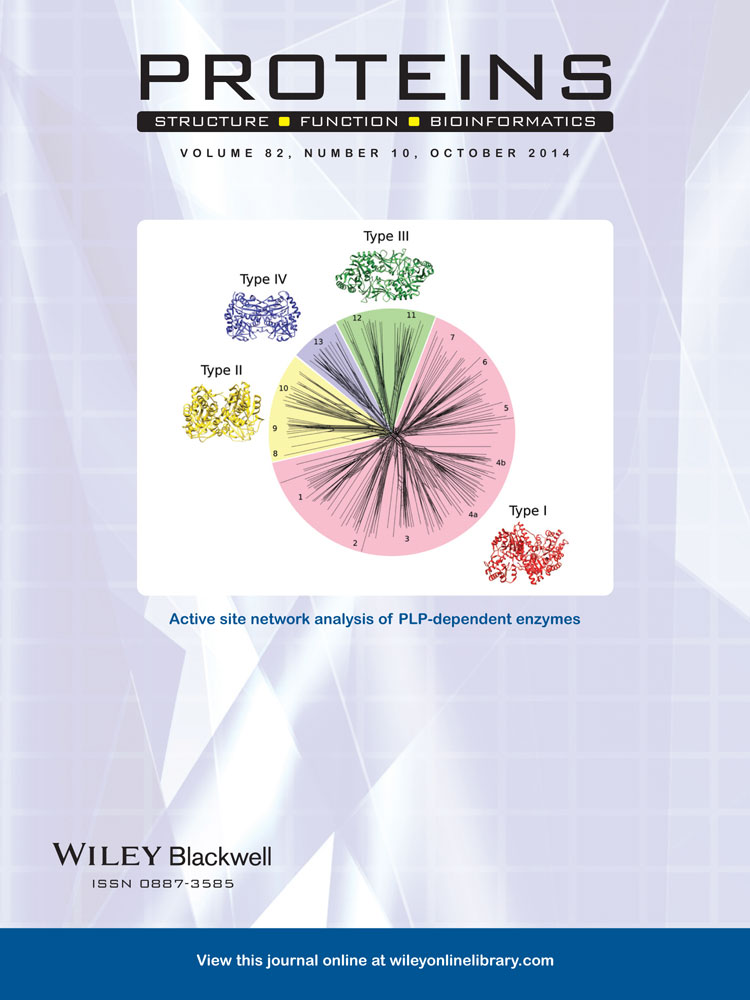Increasing stability of antibody via antibody engineering: Stability engineering on an anti-hVEGF
Shuang Wang, Ming Liu, and Dadi Zeng contributed equally to this work.
This article was published online on 5 July 2014. An error was subsequently identified. This notice is included in the online and print versions to indicate that both have been corrected 25 July 2014.
ABSTRACT
Antibody stability is very important for expression, activity, specificity, and storage. This knowledge of antibody structure has made it possible for a computer-aided molecule design to be used to optimize and increase antibody stability. Many computational methods have been built based on knowledge or structure, however, a good integrated engineering system has yet to be developed that combines these methods. In the current study, we designed an integrated computer-aided engineering protocol, which included several successful methods. Mutants were designed considering factors that affected stability and multiwall filter screening was used to improve the design accuracy. Using this protocol, the thermo-stability of an anti-hVEGF antibody was significantly improved. Nearly 40% of the single-point mutants proved to be more stable than the parent antibody and most of the mutations could be stacked effectively. The T50 also improved about 7°C by combinational mutation of seven sites in the light chain and three sites in the heavy chain. Data indicate that the protocol is an effective method for optimization of antibody structure, especially for improving thermo-stability. This protocol could also be used to enhance the stability of other antibodies. Proteins 2014; 82:2620–2630. © 2014 Wiley Periodicals, Inc.




